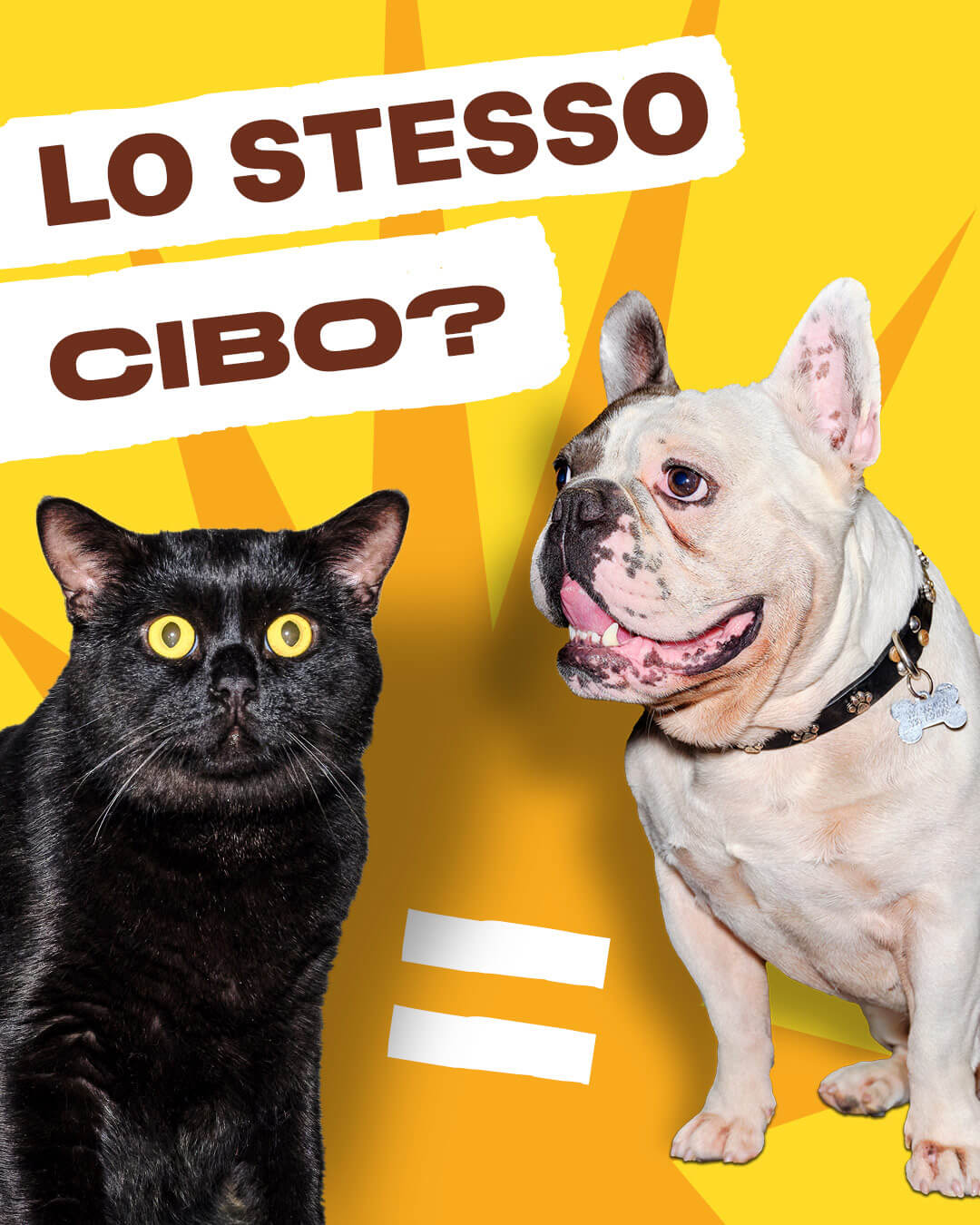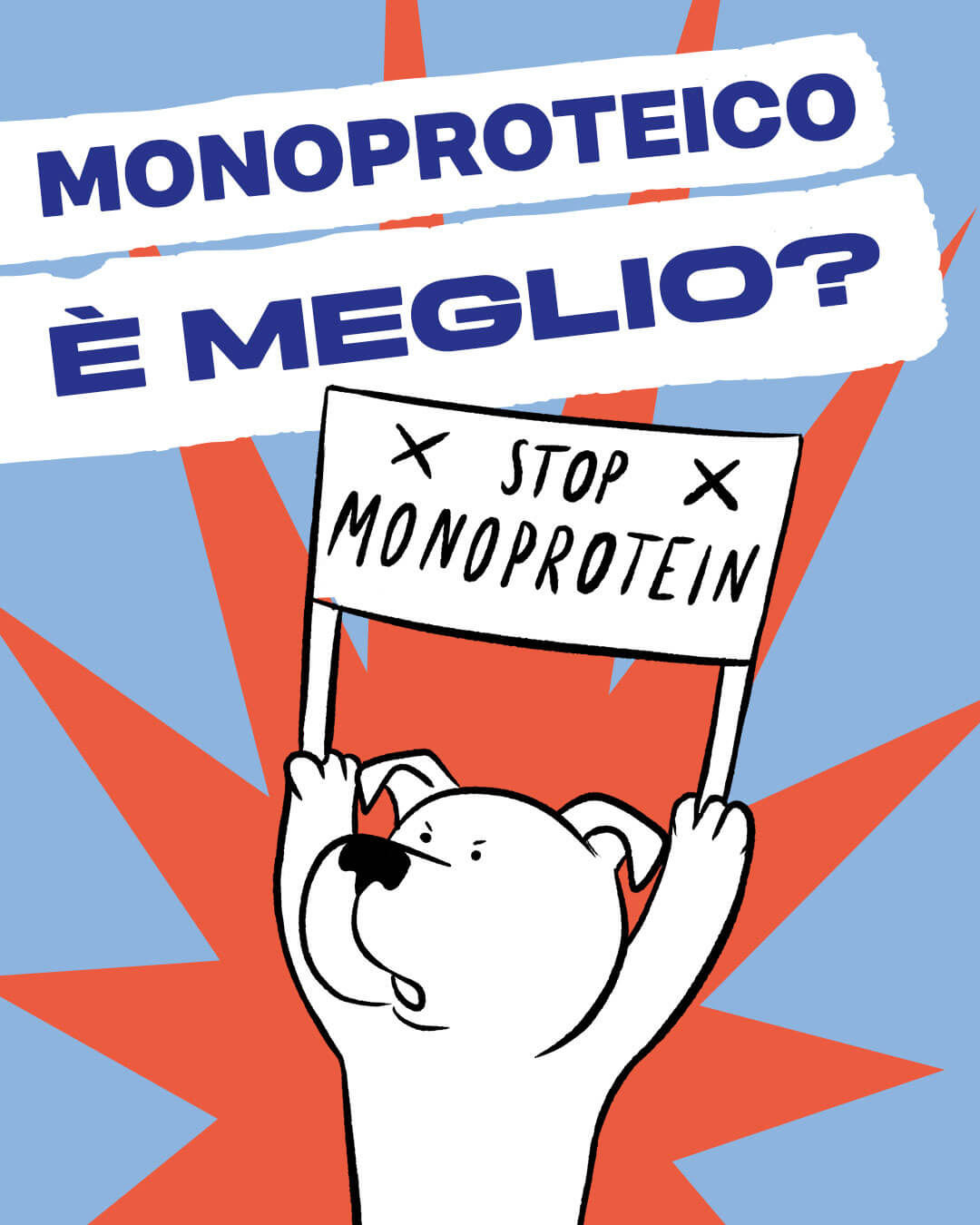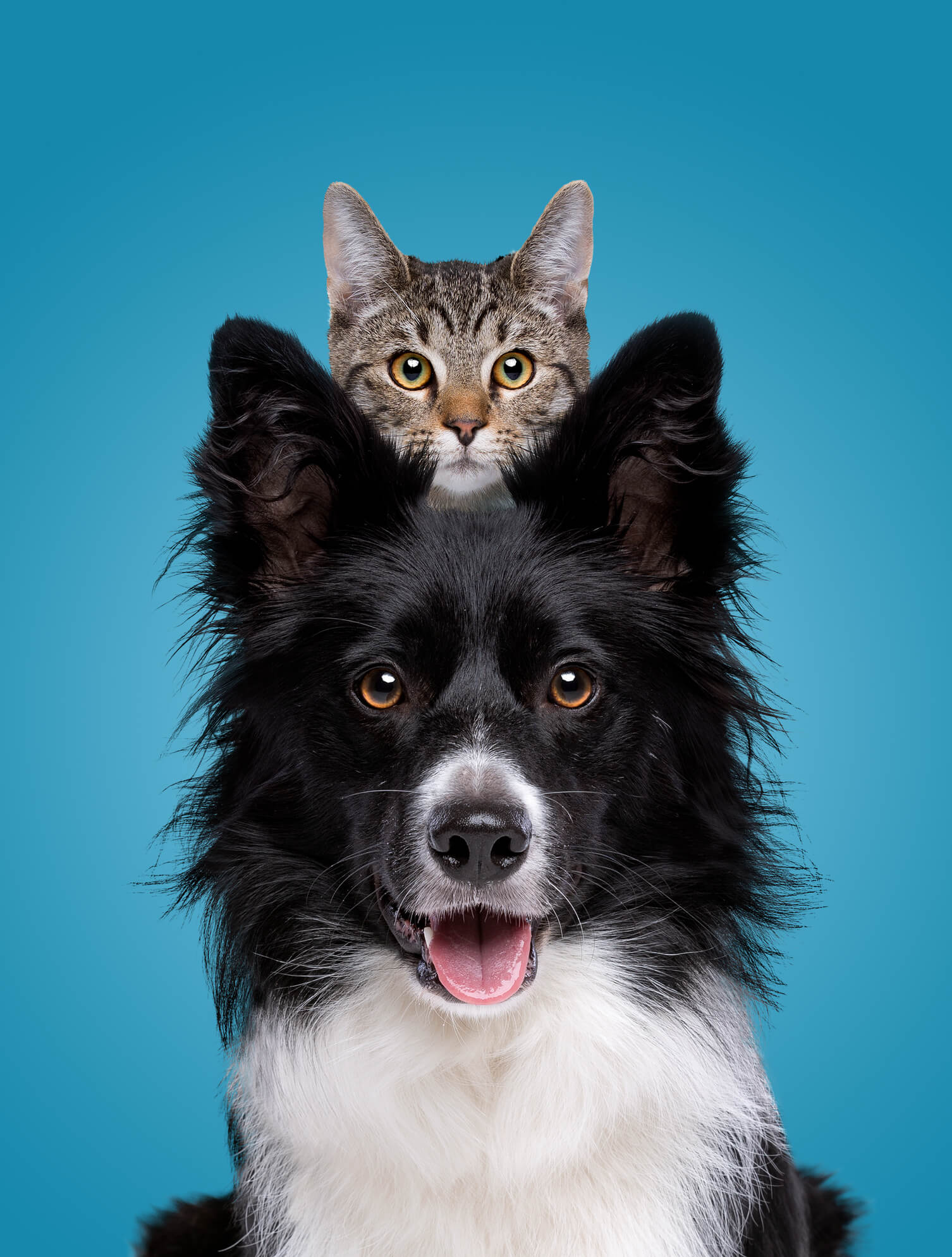NO!!! GIVING ONLY KIBBLE TO THE CAT IS NOT THE BEST CHOICE
Going around online, I have often read, “a cat should only eat kibble because it is complete” … Well, let’s say that feeding a cat exclusively dry food is not the ideal choice for several reasons. While having many advantages, including easy storability and a complete and balanced composition, dry commercial food is not the ideal food for the cat when given as the sole source of nutrition.
THE CAT NEEDS FLUIDS
The main reason lies in the very nature of the cat; as a desert animal, it has a tendency to quench its thirst very rarely. However, his water needs remain the same, and here’s where a wet food comes to our aid by supplying a significant amount of hydration without him even noticing. This intake cannot be provided by dry food alone, which contains, by definition, around 8-10% moisture, thus exposing the cat to a higher risk of urinary and renal diseases.
MORE DIFFICULT TO MANAGE THE CAT’S WEIGHT
Another reason sufficient to prevent disease lies in the caloric intake of the types of feeds, with equal weight and satiety: a dry feed is definitely much more concentrated and caloric than a wet one; providing dietary variety between the two types also allows you to vary meal volumes and not incur risks such as overweight or even obesity and related diseases (musculoskeletal, metabolic, cardiovascular…).
Metabolic diseases related to overweight certainly include diabetes: effective prevention also includes reduced intake of carbohydrates, which are not essential for the cat but are certainly contained in kibble. Wet food thus allows us to get closer to the feline’s natural needs.
THE MIX FEEDING.
It is precisely by using dry and wet feeds that we very often achieve the right compromise between nutritional correctness and the convenience of the owner, who is left with a wide choice of sources to alternate.
This type of feeding, recommended for the cat is called MIX FEEDING, which is the ability to mix dry, complete, and wet foods together. With complete dry food, you get all the necessary nutrients in a balanced way; with wet food, which can be complementary, you get the benefits that dry food cannot provide:
- Essential fluids are contributed to the cat’s diet
- It is made easier to change tastes by offering a very important protein alternation
- If the wet food is of quality, it provides the cat with protein of high nutritional value essential to its healthy maintenance
- Adding a wet food removes a portion of kibble, thus reducing the share of carbohydrates, not essential for the cat and abundant in dry foods.
LET’S GET THEM USED TO IT FROM PUPPYHOOD
Each cat is an individual, with its own and specific food preferences, not only among flavors but also of textures: this is why mix feeding turns out to be a winning weapon, especially to combat boredom and the neophobic tendency aimed precisely at what the cat does not know. It is especially important for this last goal Start from an early age with tastings and samplings!
However, it is important not to forget that mix feeding also needs to be properly balanced and not improvised. This is so as not to risk deficiencies or excessive accumulation of certain nutrients. I recommend that you always seek advice from your veterinarian to determine the proper amount and ratio of foods chosen, throughout the day.
Breed, age, weight, health status, and lifestyle of the cat are key elements to be evaluated in the course of food selection and rationing for the individual patient.
Dr. Alessandra Calini
Veterinary physician with expertise in nutrition









